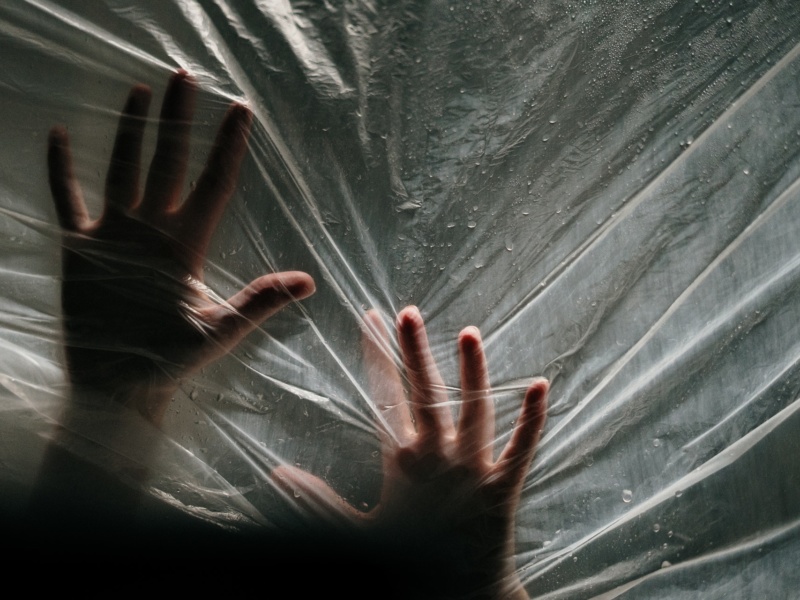Feeling anxious from time-to-time is an expected part of life. When we have something important at stake such as a job interview, exam or performance, or are exposed to stressful events, it is normal to feel nervous and experience some signs of anxiety. If these persist, however, and become intense and excessive, with fear and worry disproportionate to the actual threat, you may have an anxiety disorder. It is one of the most common mental health conditions and includes a number of different types. It is possible to have more than one type of anxiety disorder at a time, or for it to coincide with depression. Do seek help if you’re concerned as, if anxiety disorders go untreated, they can become habitual.
Anxiety symptoms
Signs of anxiety include physical, psychological and behavioural symptoms:
- trembling or shaking hands or body
- feeling tense, worried or panicky
- rapid breathing or difficulty breathing
- pounding heart or constricted chest
- feeling faint, sick or dizzy
- upset stomach or gastrointestinal problems
- sweating
- extreme blushing
- intense fear or unrelenting worry
- easily or frequently fatigued
- difficulty thinking or concentrating
- difficulty sleeping – insomnia, restlessness, disrupted, unsatisfying
- having an impending sense of doom or danger
- not being able to stop thinking about the trigger
- desire to avoid the anxiety trigger.
These can be signs of other health conditions as well, so do see a doctor for an accurate diagnosis.
Types of anxiety disorders
There are many forms of anxiety disorders. Some of the common types include:
- General Anxiety Disorder (‘GAD’): Excessive and persistent worry about activities, including normal routine issues. Fear is hard to control and the amount of anxiety is out of proportion to the situation.
- Panic Disorder: Sudden, unexpected and recurrent panic attacks which involve intense fear and rapidly escalating physical symptoms such as hyperventilation, increased heartbeat, sweating, trouble breathing etc that reach a peak in minutes.
- Post-Traumatic Stress Disorder (‘PTSD’): Anxiety following exposure to trauma or an ordeal such as sexual or other abuse, war, violent assault, a natural disaster or severe accident …
- Phobias: Intense, irrational fear of and aversion to a specific everyday object or situation eg: agoraphobia (fear of outdoors and open spaces), arachnophobia (spiders), haemophobia (blood), claustrophobia (small or constrained spaces), hydrophobia (water) …
- Social Anxiety Disorder: Fear of being judged or watched by others; fear of social situations involving intense feelings of inadequacy, not belonging, embarrassment, not being good enough, dread…
- Obsessive-Compulsive Disorder (‘OCD’): Repetitive behavioural rituals that are difficult to control such as hand washing, cleaning, checking things, etc. It includes unwanted thoughts (obsessions) and unwanted behaviours (compulsions) that must be performed in order to relieve the anxiety.
- It is also common to have anxiety in response to other medical or health conditions.
Action for anxiety disorders
- Eating a healthy diet
- Getting regular exercises
- Avoiding or reducing alcohol
- See your general practitioner (doctor) to talk about your concerns in an extended session
- Psychotherapy
- Cognitive Behaviour Therapy (‘CBT’) – https://psychcentral.com/lib/in-depth-cognitive-behavioral-therapy/
- Psychologist or clinician
- Support groups
- Medication
- Online anxiety resources
Activities
- Keeping active
- Listening to music you enjoy
- Singing
- Drawing, painting, creating – including finger painting
- Writing – a journal, poetry, thoughts
- Playing an instrument
- Mindfulness and meditation
- Taking up a hobby you enjoy
- Getting back to nature
- Walking or running
- Good self care
Useful links
- http://www.sadag.org/
- www.anxietycanada.com/
- www.mind.org.uk/
- www.anxietyuk.org.uk/
- www.beyondblue.org.au
- adaa.org/
- www.nimh.nih.gov/health/topics/anxiety-disorders/index.html
- www.gamian.eu/
